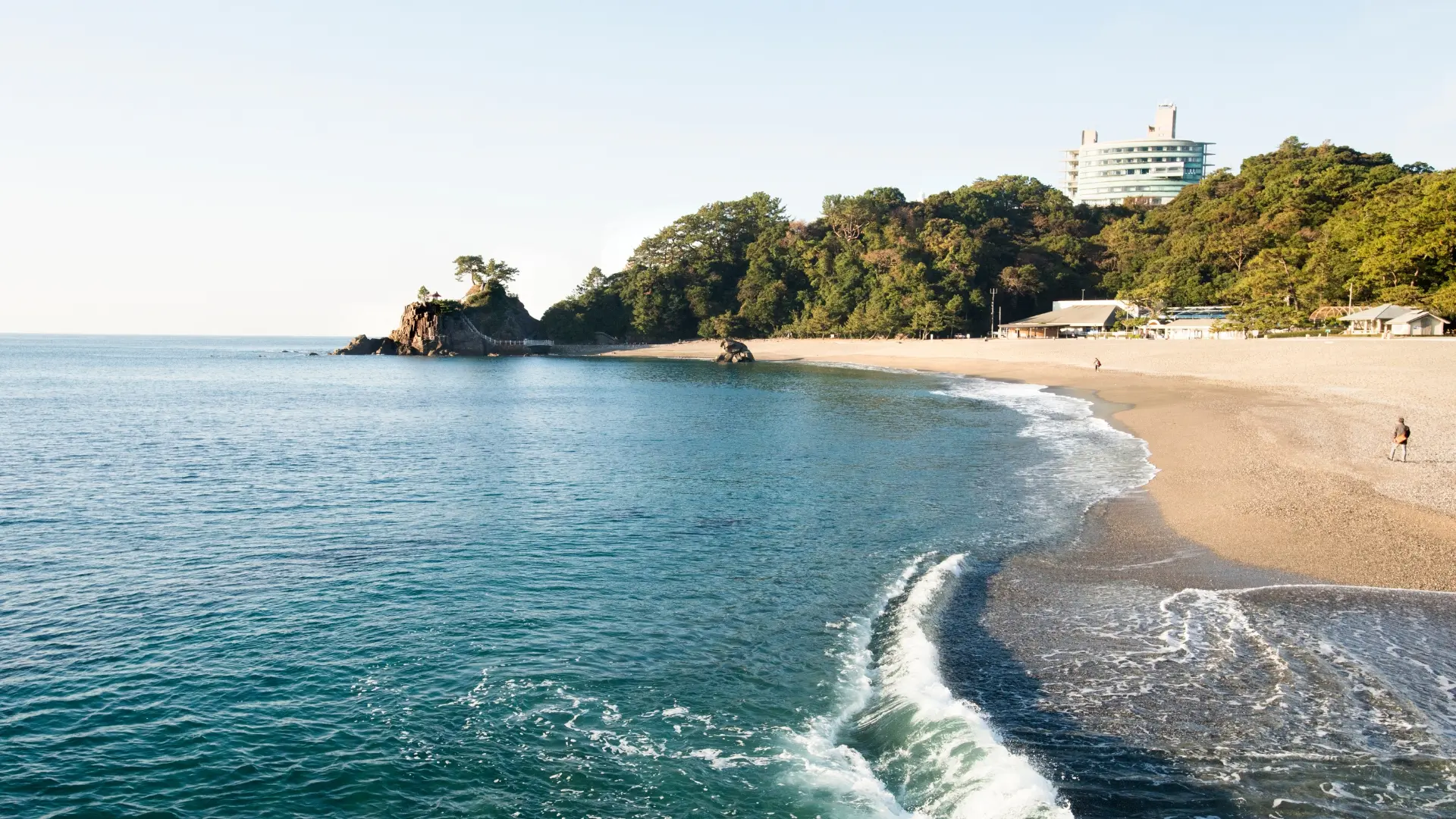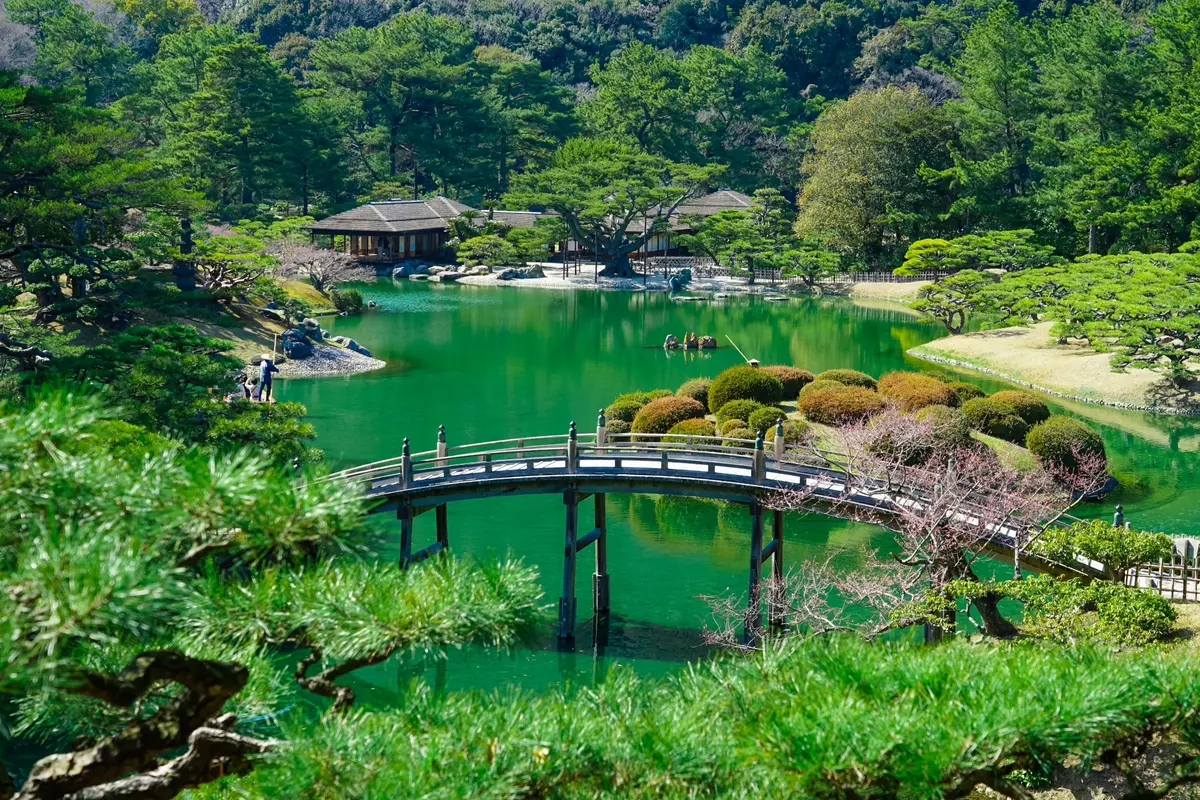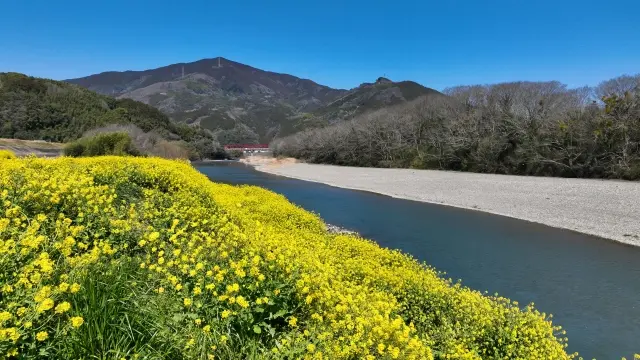

Shikoku Region
四国地方
Where is Shikoku Region?
Shikoku is the smallest of Japan’s four main islands, located in the southwest of the country. It is made up of four prefectures—Kagawa, Tokushima, Ehime, and Kochi—whose names reflect the old “four provinces” that gave the island its name. Surrounded by both the calm Seto Inland Sea and the dynamic Pacific Ocean, Shikoku is a land of mountains, rivers, and coastal beauty.
Loading map...
The Prefectures in Shikoku Region
Climate of Shikoku Region
Shikoku is generally warm. The Seto Inland Sea side gets many sunny, drier days, while the Pacific side (e.g., Kōchi) is much wetter. Rain peaks in the June rainy season and with summer–early-autumn typhoons. Coastal snow is rare, but the Ishizuchi and Tsurugi ranges see winter snow and ice.
History of Shikoku Region
Shikoku comprises Tokushima, Kagawa, Ehime, and Kōchi (old provinces: Awa, Sanuki, Iyo, Tosa) and has long been a maritime crossroads between the Seto Inland Sea and the Pacific. In the Heian era, Kūkai (Kōbō Daishi), founder of Shingon Buddhism, was born here, and the 88-temple pilgrimage took root.
In the Sengoku period, Chōsokabe Motochika nearly unified Shikoku before yielding to Toyotomi Hideyoshi. Under the Tokugawa shogunate, domains such as the Hachisuka (Tokushima), Yamauchi Kazutoyo (Kōchi), Matsudaira (Matsuyama), and Date (Uwajima) fostered castle towns.
In modern times, Tosa-born reformers Sakamoto Ryōma and Itagaki Taisuke propelled the Meiji Restoration and the Freedom and People’s Rights Movement.
Today, the Great Seto Bridge (1988) links Shikoku to Honshū, while Awa Odori and Sanuki udon continue to draw travelers.
How Japanese People See Shikoku
For most Japanese, Shikoku is closely associated with the Shikoku Pilgrimage, a journey around 88 Buddhist temples linked to the monk Kobo Daishi (Kukai). This spiritual route is a symbol of Japan’s religious and cultural heritage. The region is also famous for its food: Sanuki udon noodles from Kagawa, freshly seared bonito (katsuo no tataki) from Kochi, and the sweet mandarins of Ehime are beloved nationwide. Images of the gentle Seto Inland Sea, the powerful waves of the Pacific coast, and hot springs like Dogo Onsen in Matsuyama all come to mind when Japanese people think of Shikoku.
Unique Characteristics
Shikoku’s charm lies in the harmony of nature, food, and spiritual culture. The mountainous Shikoku range creates deep valleys and clear rivers, making it a paradise for hikers and outdoor lovers. The Seto Inland Sea side enjoys a mild climate and has long been a hub of trade and culture, while the Pacific side is wilder and known for its dramatic landscapes and seafood. The Shikoku 88 Temple Pilgrimage has also gained international attention as a spiritual journey, inviting travelers to experience Japan’s traditions at a slower pace.
Getting Around
Once thought of as “Japan’s most remote region,” Shikoku is now much easier to reach. Bridges such as the Seto Ohashi and Akashi Kaikyo connect it to Honshu, and special express trains run from Okayama, where the Shinkansen stops, into Shikoku. The airports in Tokushima, Matsuyama, Takamatsu, and Kochi offer direct flights from Tokyo, Osaka, and other major cities. Within the island, trains and buses serve the main routes, but renting a car is often the best way to explore its scenic mountains, coasts, and hidden temples.
Explore More Regions
Continue your journey through Japan

